Unearthing the cultural stories and emotional forces behind Emirati design
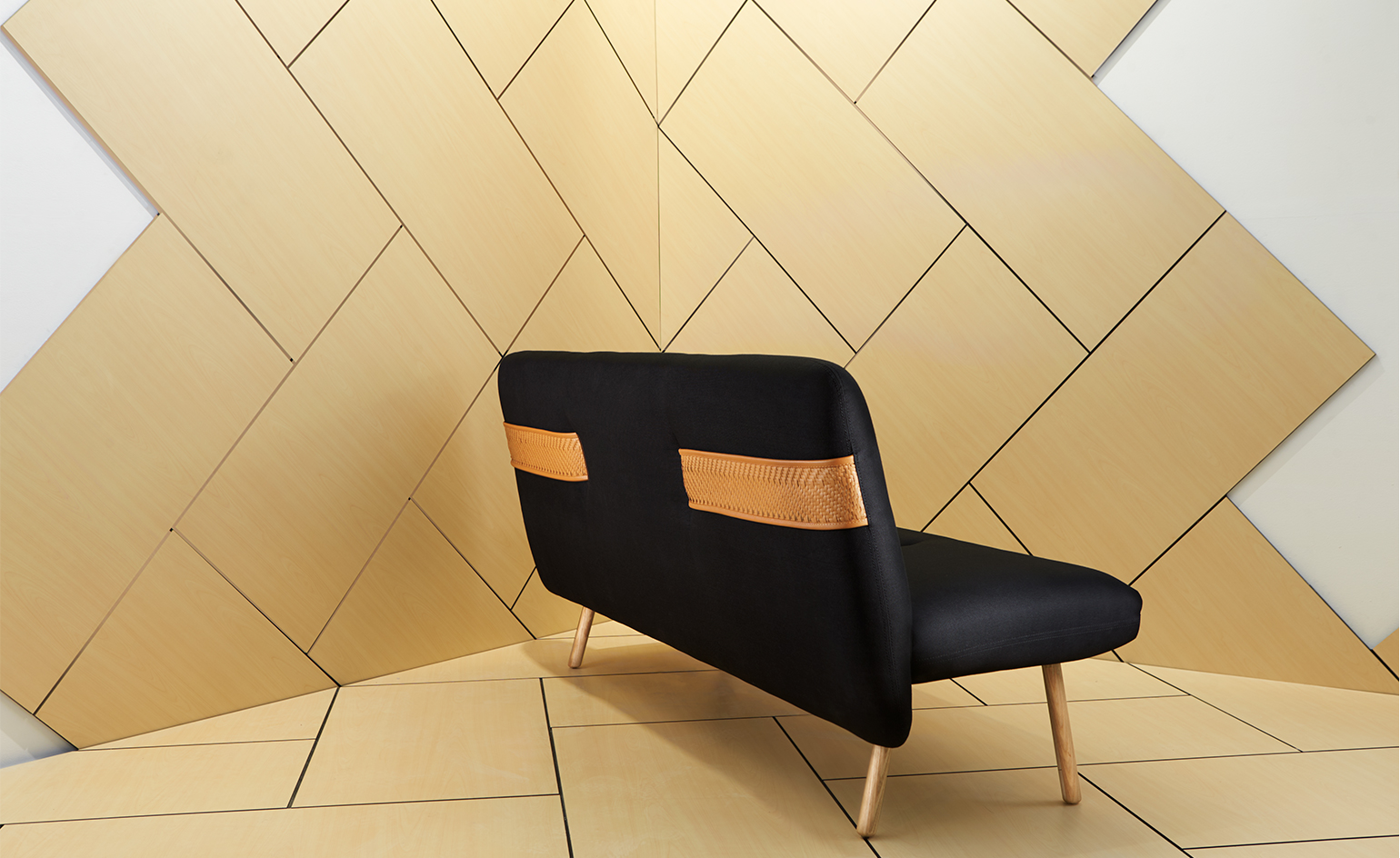
Four years on and the UAE has managed not just to inaugurate, then nurture and develop a fine annual Dubai Design Week, by international standards, but to encapsulate under one giant emotional umbrella all that is of cultural significance in the contemporary Arab world.
With a junket of journalists being flown in from all corners of the globe, Dubai Design Week this November became the opportune moment to launch the Jameel Arts Centre by London-based Serie Architects, the first non-profit non-government owned museum for contemporary art in the UAE, as well as the first Fikra Graphic Design Biennial in neighbouring emirate Sharjah. Art Jameel has been a supporter of Islamic arts since the 1990s through weighty venues such as London’s V&A and the Met in New York. And now, Jameel finally has its own physical home, with a second to follow in Jeddah in few coming years.
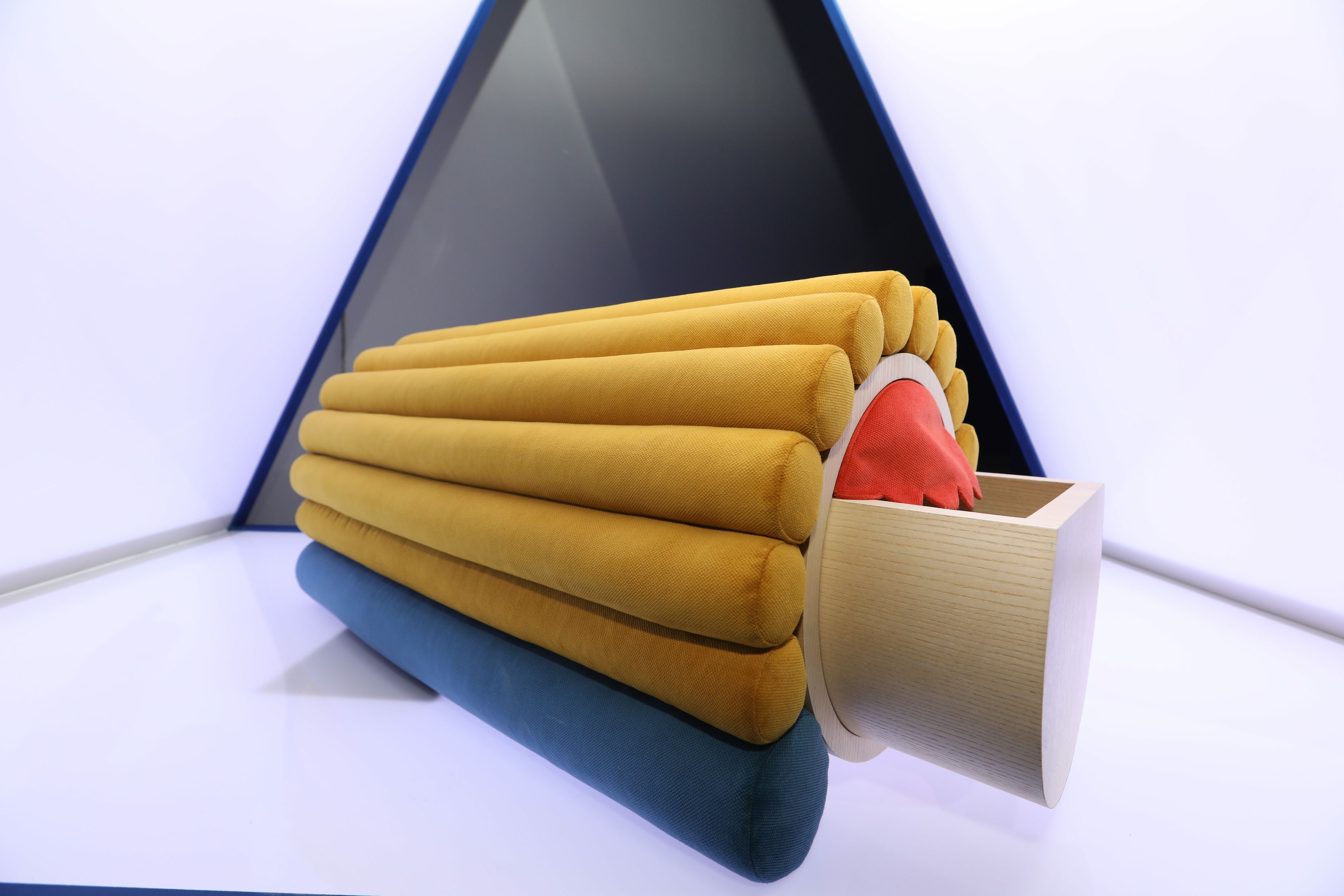
The Dana bench by Aljoud Lootah, part of ‘UAE Design Stories’ at Dubai Design Week
Last year saw the opening of the minimal Etihad museum – Etihad translating to ‘unification’ in Arabic – which through modern means explains the history of the Emirates themselves in the 1970s. There was also the long-awaited Jean Nouvel-designed Louvre in Abu Dhabi.
Next year we will witness the Museum of the Future, already taking hold under the Emirates Towers, an extraordinary feat both architecturally and content wise, with a 3D-printed skin. There is a push in the Dubai to have all buildings 3D-printed within a very short time. For the 2020 Expo, it is cited that police will be seated atop man-driven drones. Technology is king in the UAE and the local success of the Global Grad Show during Dubai Design Week is indicative of a place at the vanguard of neoteric thought.
Aside from new visions for the Emirates, many real stars this year at Dubai Design Week have been the people who have helped boost the bedrock of Dubai and the Emirates contemporary culture. Included are director of Jameel Arts Centre, Antonia Carver, previously director of Art Dubai, and designer and curator Khalid Shafar, whose earlier work Wallpaper* exhibited at ‘Middle East Revealed’ in collaboration with Dubai Design District (d3) in London in 2014. Both Carver and Shafar are very good communicators, and after all, isn't art and design all, really, communication?
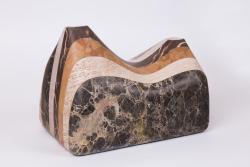
Series 02/ Vases by Kutleh, part of the Amman Design Week showcase at Downtown Editions at Dubai Design Week
‘UAE Design Stories’ exhibited in Dubai was the third incarnation of the project spearheaded by Emirati Khalid Shafar, following Milan during Salone del Mobile and London during the London Design Festival. The Dubai offering is an extremely considered collaboration with select designers commissioned to create pieces inspired by a longstanding Emirati children’s magazine, Majid Magazine. With the subtext, ‘Designed for Littles, Ours and Others’ the pieces shown were unusually un-child like in appearance until explained, and all possess commercial feasibility.
The ‘Dana’ bench by Aljoud Lootah, who also exhibited at Downtown Editions, was inspired by the curly hair and earrings of Dana, a comic book character. Meanwhile ‘Pop’ by Alia Bin Omair is a colourful lollipop night light that separates from its base, inspired from a lollipop puzzle in the comic. ‘Seesaw’, a sophisticated low level bench seat – Majlis style – by Abdulla Almulla is a seesaw when converted.
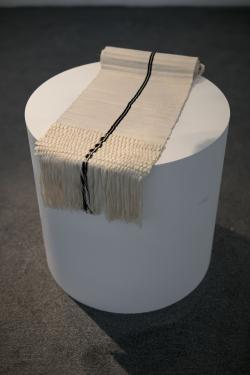
‘Table Runner’ by Myrtile Ronteix, part of the Tanween collection by Tashkeel
There is a thoughtfulness and compassion to Emirati design today and a great sense of ‘group’ and heritage, reminiscent of Memphis with its playfulness and collaborative spirit. Neighbouring countries in the Gulf and within the entire MENASA region also enjoy the platform Dubai Design Week offers via Abwab – Arabic for gateway. The Saudi and Kuwait pavilions took the limelight this year, the latter through the tireless work of young Kuwaiti metal worker Kawther Alsaffar with her work Desert Cast. Alsaffar continues to sand cast most recently using architectural motifs of her region and a work force of casters whose tradition requires new tolerances.
At the brand new Editions section within Downtown Design, the more commercial arm of Dubai Design Week, fledgling and established Emirate-based designers exhibited alongside counterparts from Jordan and Palestine. In five years since even the possibility of Dubai Design Week was first discussed, business is clearly booming, moreover, its the stories that reign supreme and commit clout to culture.
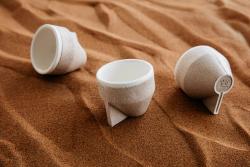
The Foundry cups made in new material Ramel by Hamza Omari and Kholoud Sharafi
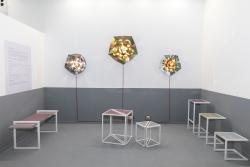
Shemagh collection, by Loreta Bilinskaite-Monie
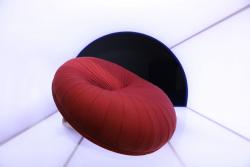
Littles’ Osh by Roudha Al Shamsi, designed as part of ‘UAE Design Stories’
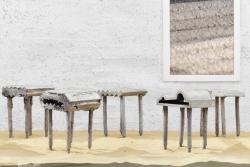
Inside Desert Cast, the Kuwait pavilion at Abwab where Kawther Al Saffar showcased her sand cast pieces
INFORMATION
For more information, visit the Dubai Design Week website
Wallpaper* Newsletter
Receive our daily digest of inspiration, escapism and design stories from around the world direct to your inbox.
-
 Put these emerging artists on your radar
Put these emerging artists on your radarThis crop of six new talents is poised to shake up the art world. Get to know them now
By Tianna Williams
-
 Dining at Pyrá feels like a Mediterranean kiss on both cheeks
Dining at Pyrá feels like a Mediterranean kiss on both cheeksDesigned by House of Dré, this Lonsdale Road addition dishes up an enticing fusion of Greek and Spanish cooking
By Sofia de la Cruz
-
 Creased, crumpled: S/S 2025 menswear is about clothes that have ‘lived a life’
Creased, crumpled: S/S 2025 menswear is about clothes that have ‘lived a life’The S/S 2025 menswear collections see designers embrace the creased and the crumpled, conjuring a mood of laidback languor that ran through the season – captured here by photographer Steve Harnacke and stylist Nicola Neri for Wallpaper*
By Jack Moss
-
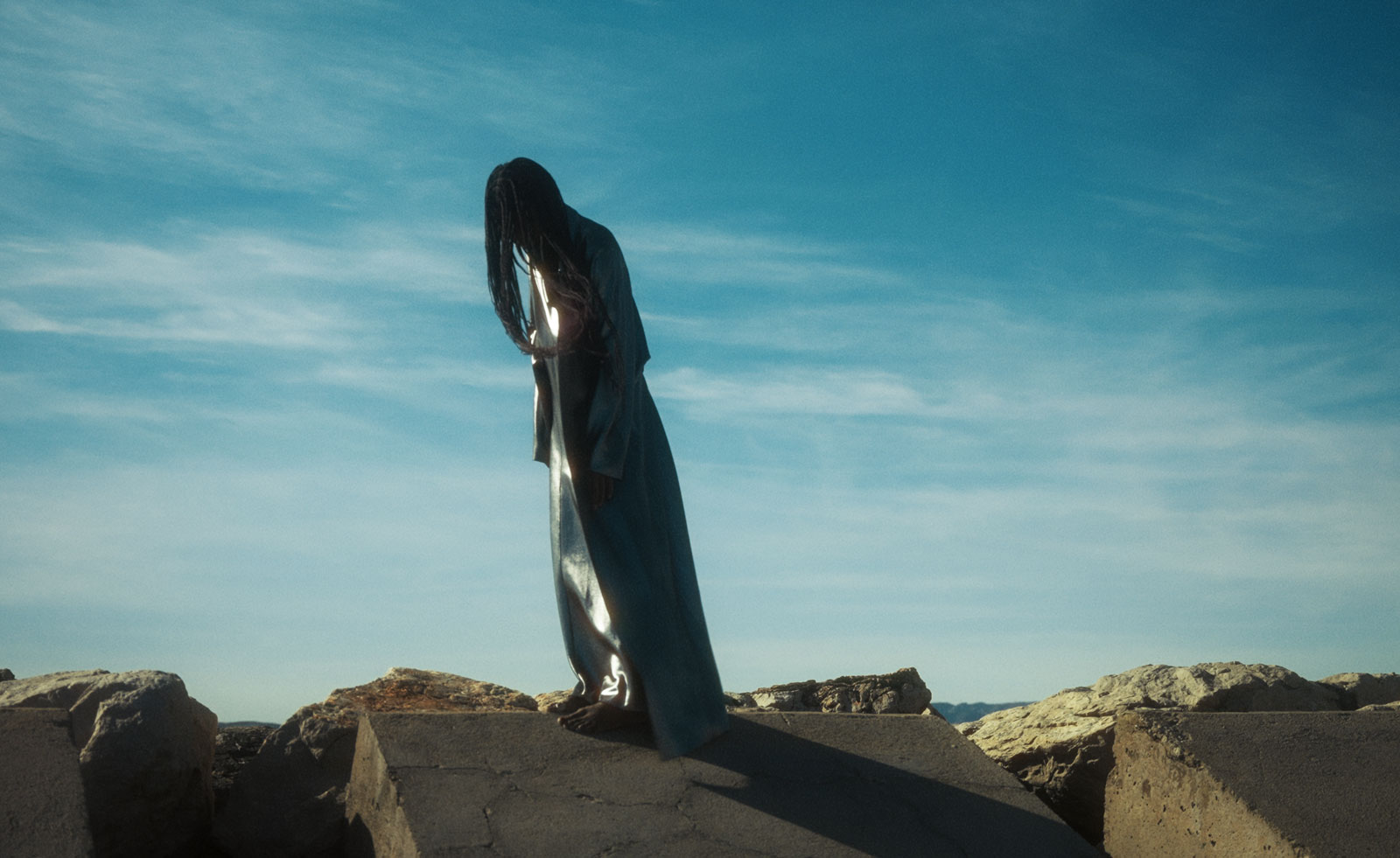 ‘Artists are being asked to be vulnerable’: inside the Sharjah Biennial 2025
‘Artists are being asked to be vulnerable’: inside the Sharjah Biennial 2025In the UAE, the 16th Sharjah Biennial, titled ‘To Carry’, seeks to give voices to an international range of artists
By Amah-Rose Abrams
-
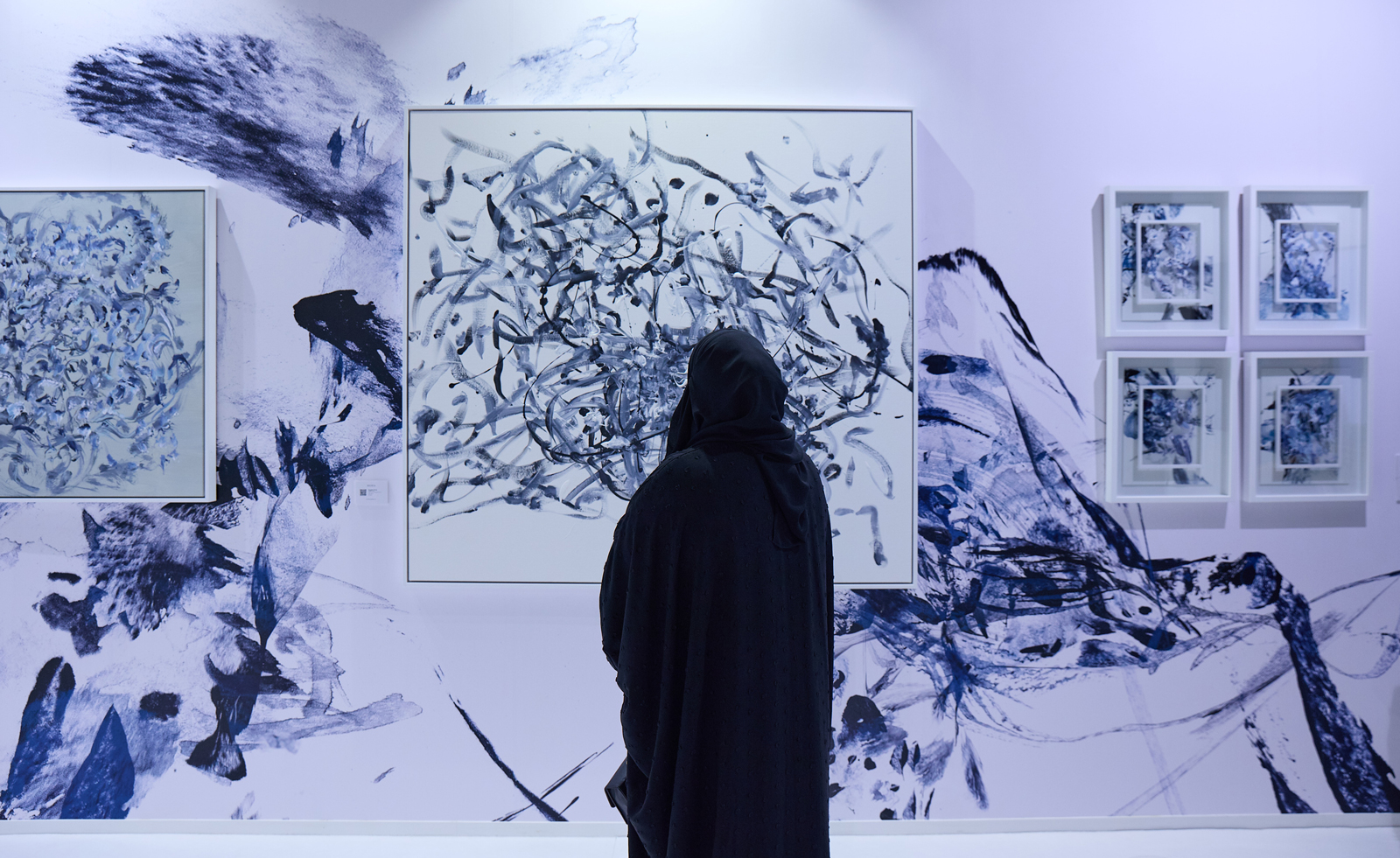 Art Dubai 2024 considers community and belonging
Art Dubai 2024 considers community and belongingWhat to see at Art Dubai 2024 this weekend, an oasis of art, design and ideas
By Hadani Ditmars
-
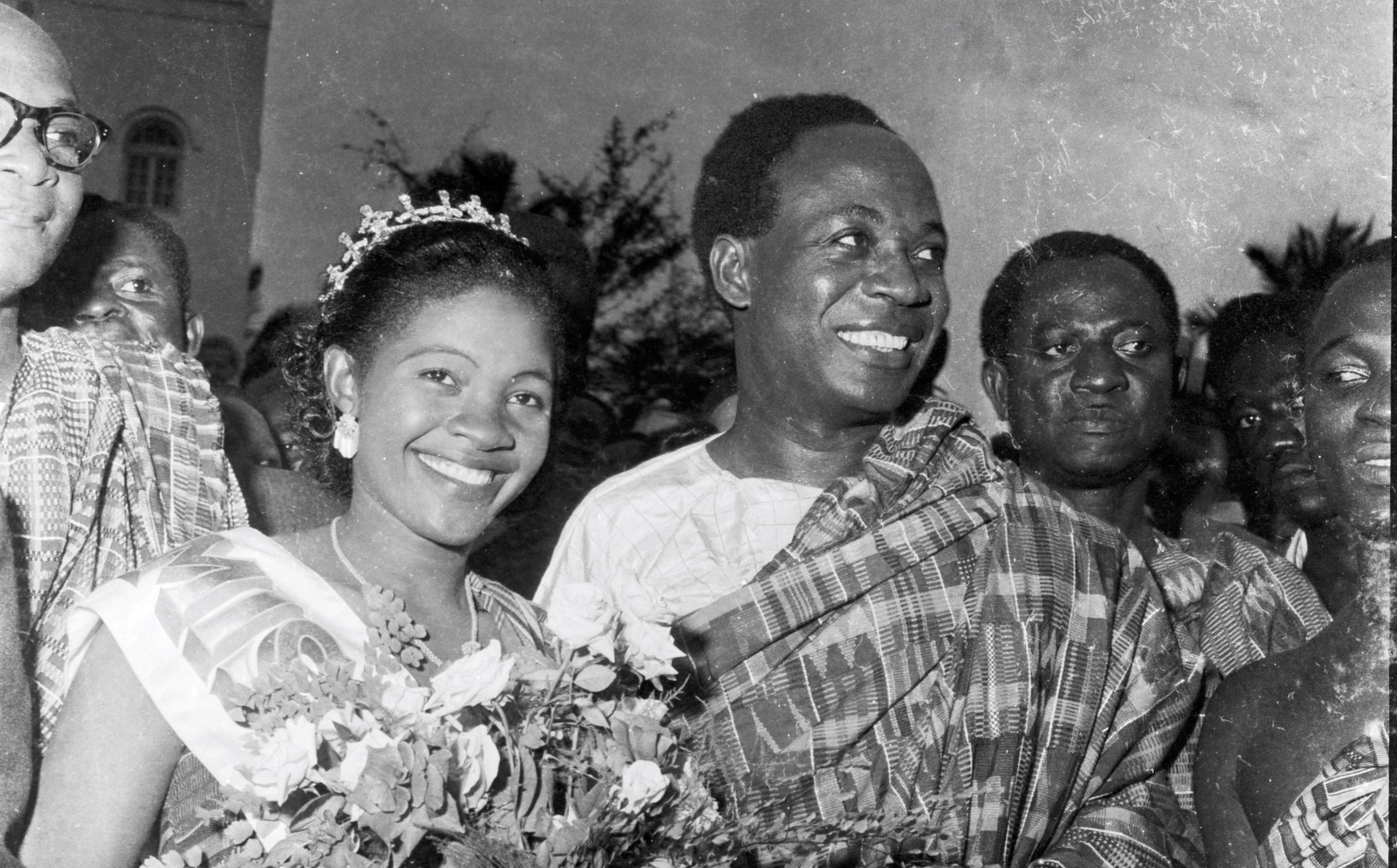 Unseen images by JK Bruce-Vanderpuije are a glimpse of life in 20th-century Ghana
Unseen images by JK Bruce-Vanderpuije are a glimpse of life in 20th-century GhanaLate Ghanaian photographer JK Bruce-Vanderpuije’s works are on show at Efie Gallery in Dubai, offering a vision of a nation across the decades
By Tianna Williams
-
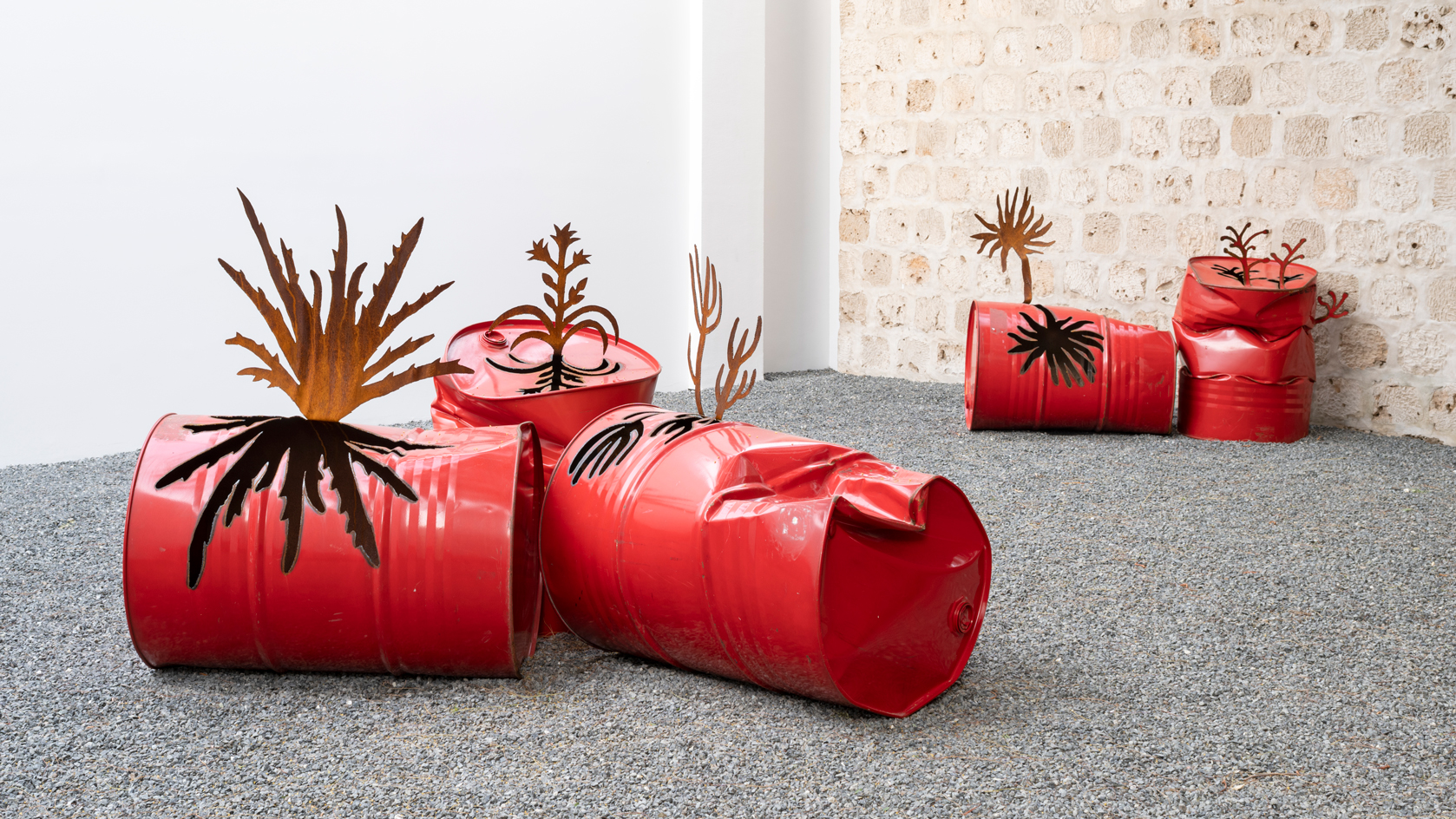 How the Sharjah Biennial 15 is subverting art world legacies
How the Sharjah Biennial 15 is subverting art world legaciesBuilt on the vision of late curator Okwui Enwezor, the Sharjah Biennial 15: ‘Thinking Historically in the Present’ offers a critical reframing of postcolonial narratives through major new commissions
By Amah-Rose Abrams
-
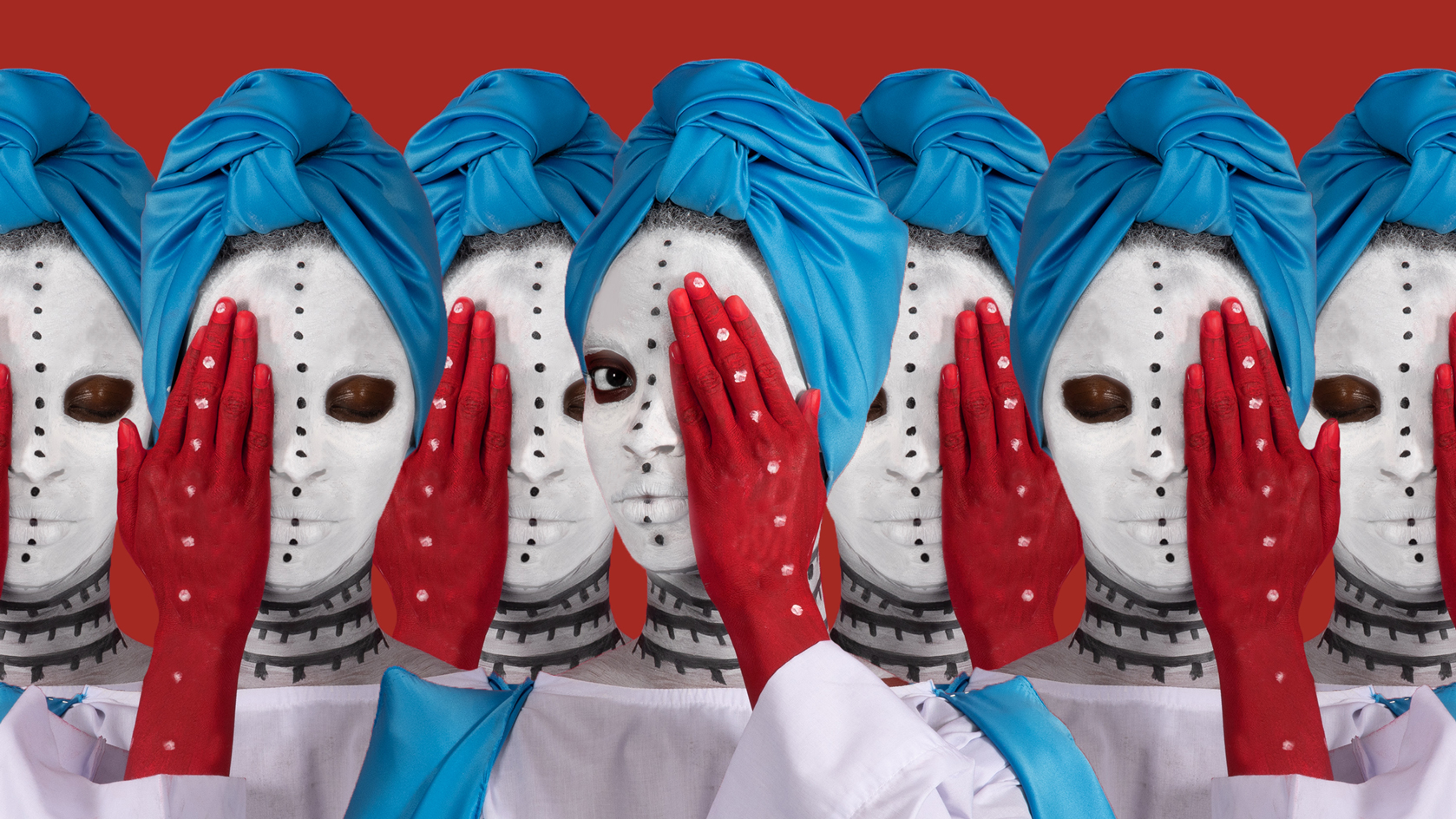 ‘The Art of Advocacy’: Aïda Muluneh’s vivid photographs are forces for change
‘The Art of Advocacy’: Aïda Muluneh’s vivid photographs are forces for changeAt Efie Gallery, Dubai, Aïda Muluneh’s upcoming show, ‘The Art of Advocacy’ (12 January – 24 February 2023) surveys the photographer’s art as a tool for change, and debuts a new work, revealed exclusively here
By Harriet Lloyd-Smith
-
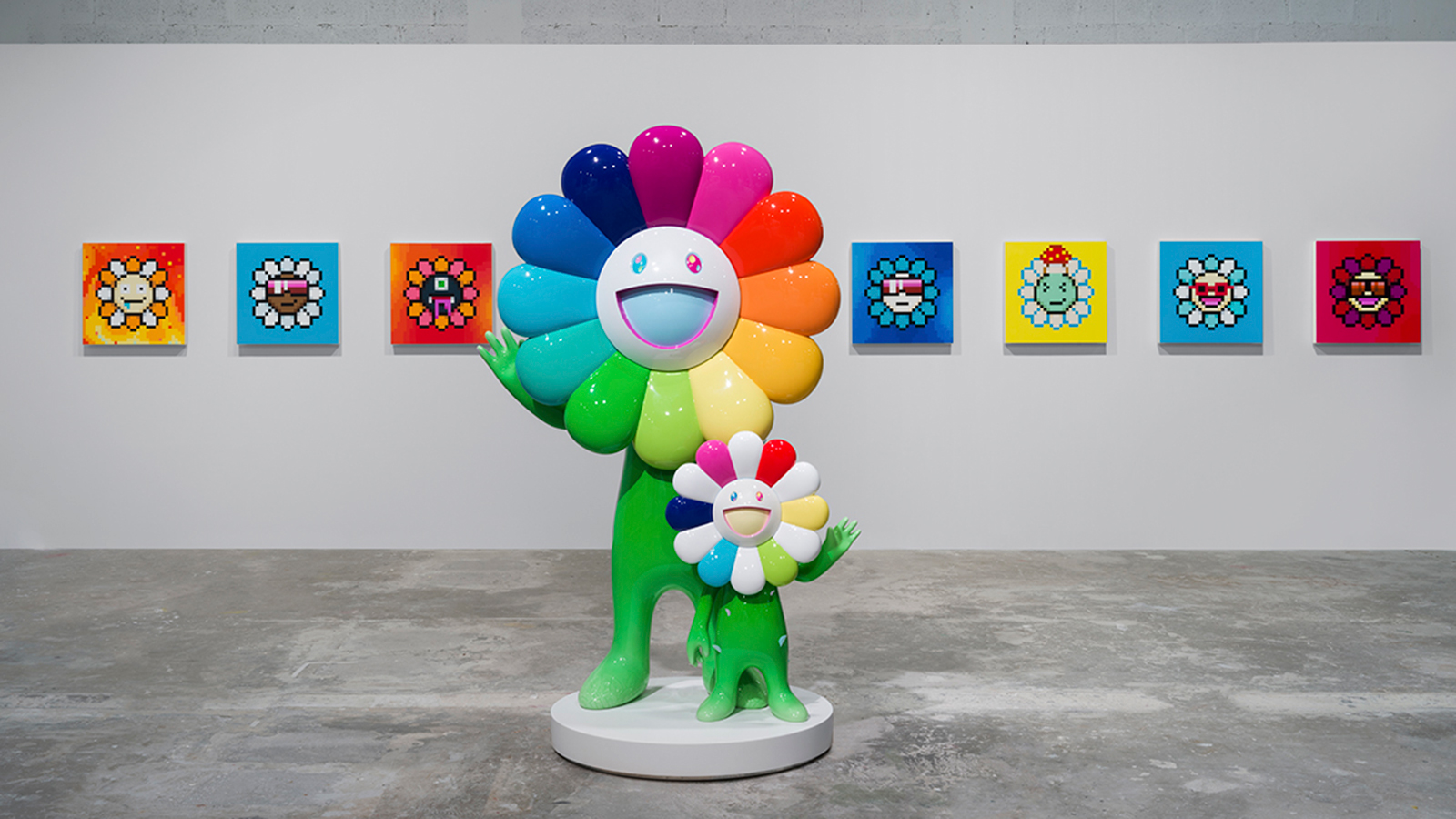 Takashi Murakami’s Dubai debut pops with colour, nostalgia and darker undertones
Takashi Murakami’s Dubai debut pops with colour, nostalgia and darker undertonesNadine Khalil interviews Takashi Murakami ahead of his first exhibition in the UAE, at Perrotin’s ICD Brookfield pop-up space, as the gallery also launches its first permanent Middle Eastern outpost
By Nadine Khalil
-
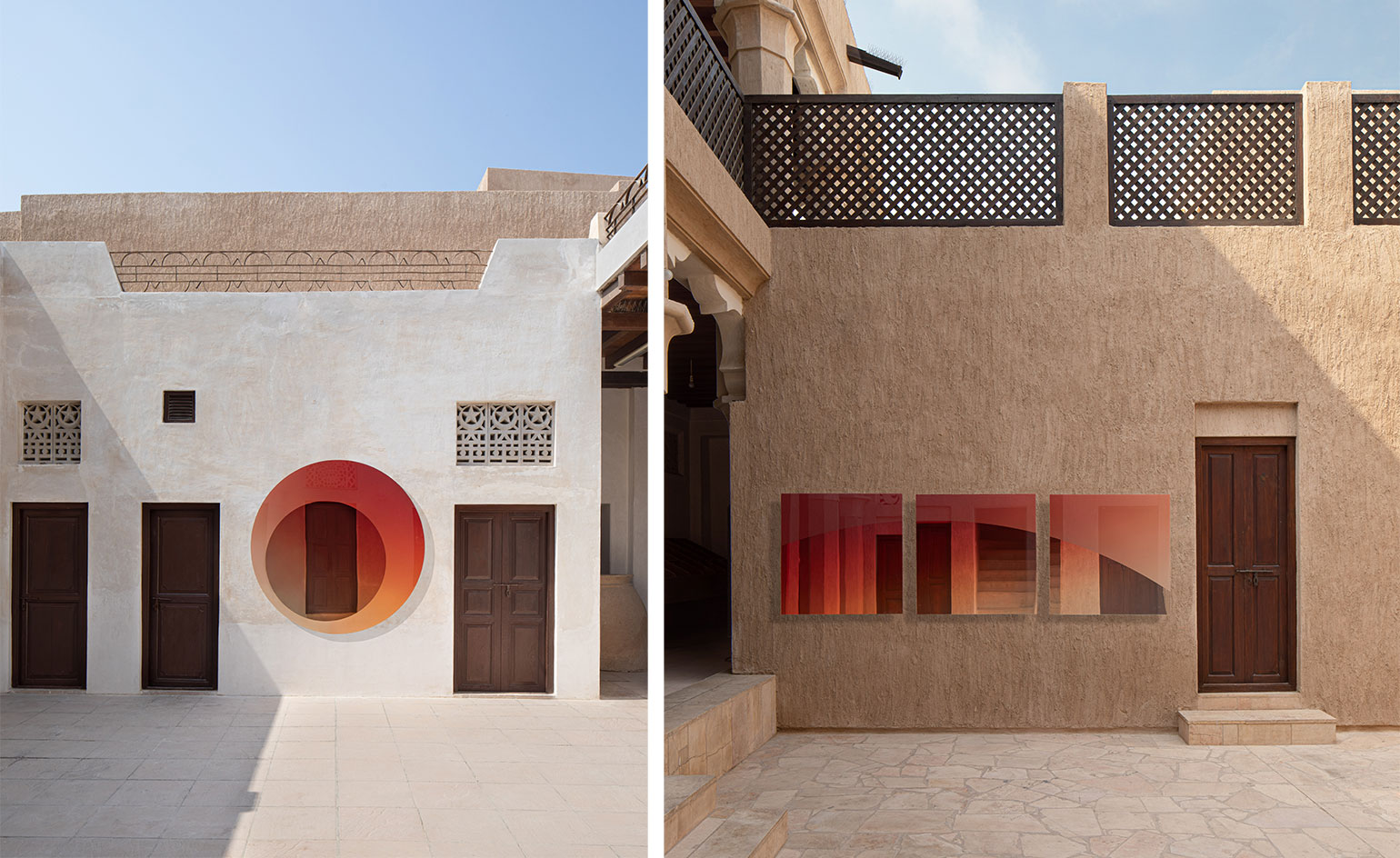 Gallery Collectional launches during Dubai Design Week
Gallery Collectional launches during Dubai Design WeekThe new gallery in Dubai’s Eden House opens with inaugural exhibition ‘The Shape of Things to Come’ and unveils new mirrors by Sabine Marcelis
By Hannah Silver
-
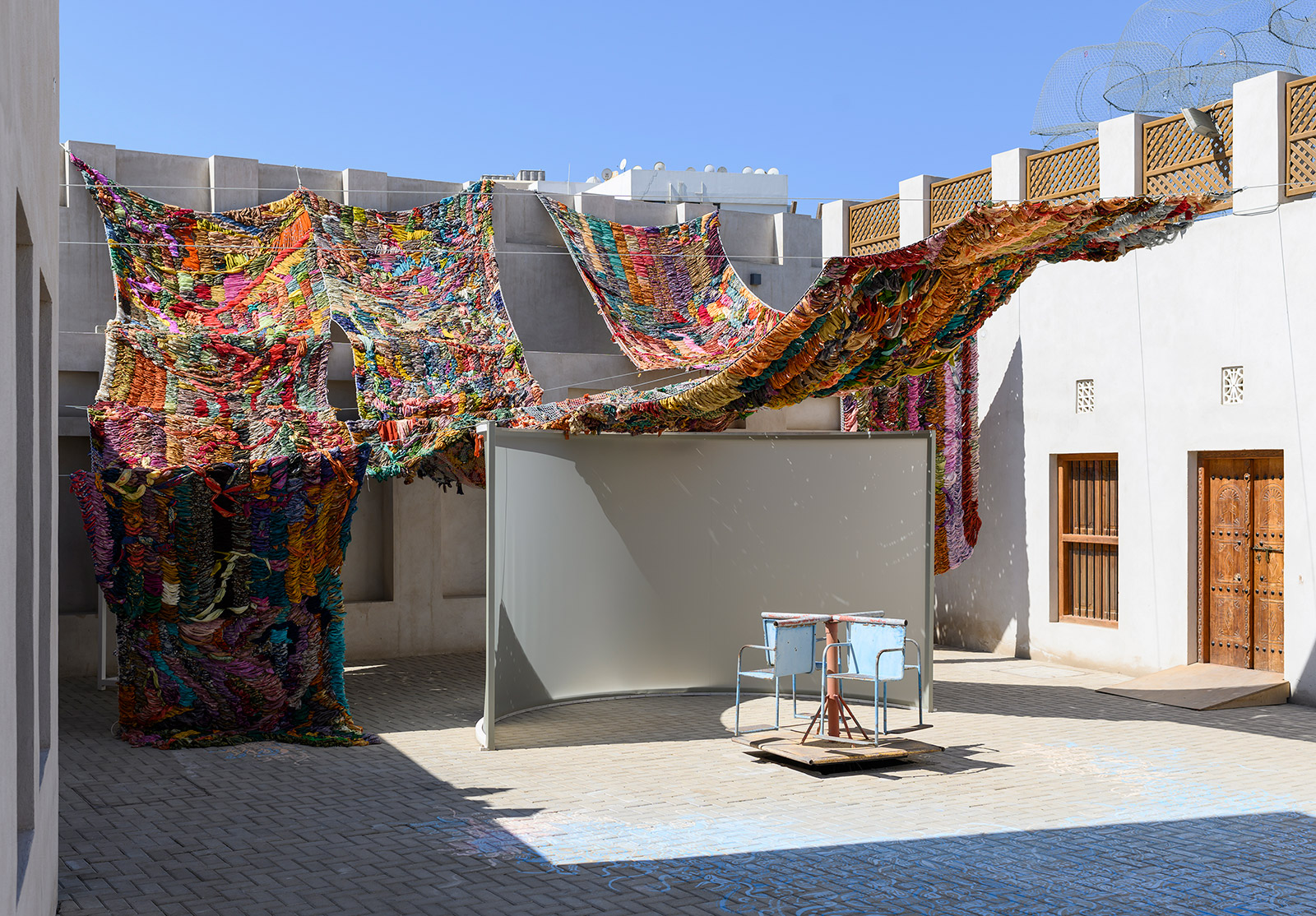 Sharjah Biennial 14 is raising the emirate’s cultural cachet
Sharjah Biennial 14 is raising the emirate’s cultural cachetThemed ‘Leaving the Echo Chamber’, the 14th edition of the Sharjah Art Foundation-driven initiative presents over 60 major new commissions
By Tom Seymour